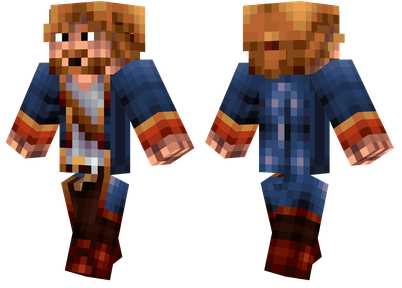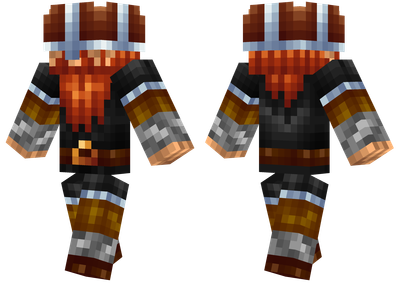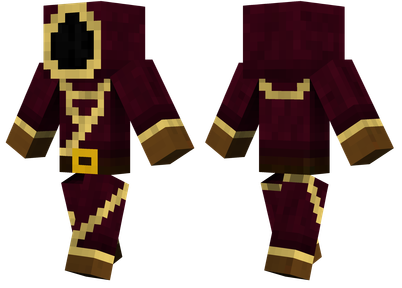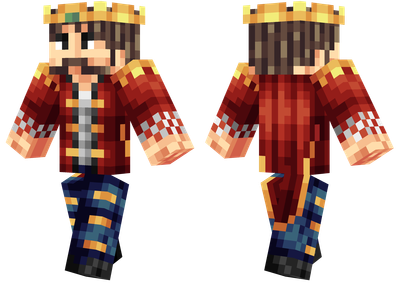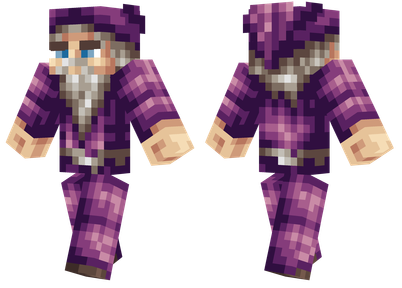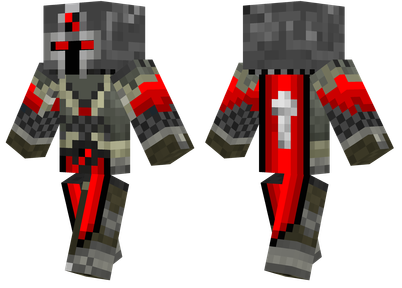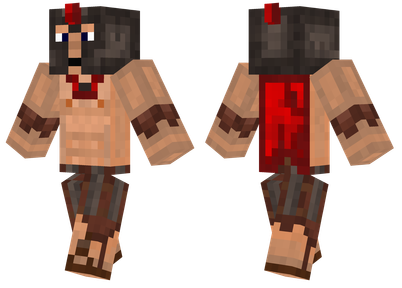
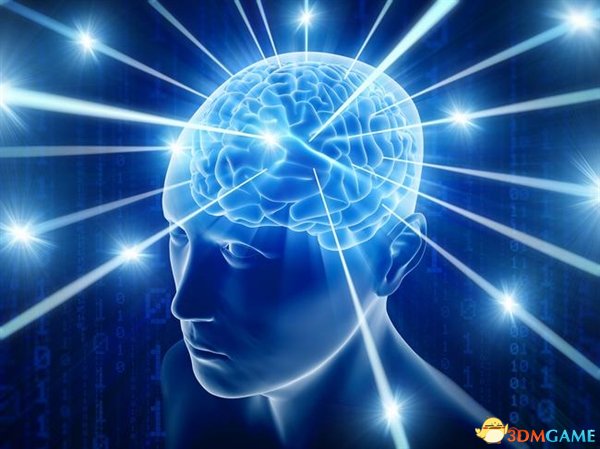
Recently, researchers from the University of Electronic Science and Technology have found that playing action video games may affect brain areas related to attention and feel movement control, enhance its functions and change its structure.The results of this research were published in the Scientific Report published by British Natural Publishing Group on April 16.E -sports games, such as League of Legends and Dota, are popular games.Players need to focus on such action video games and coordinate with the hands and eyes. Some studies have found that playing such games can help concentrate and enhance sensory movement control.
However, the impact of action games on brain island leaves has never been detected. Researchers at the University of Electronic Science and Technology Palace Kun and their teams started from the field of cognitive neuroscience to conduct experimental analysis and research on this.
Island leaves, also known as Brain Island, have participated in very extensive cognitive functions, such as taste, pain, etc., which has a certain relationship with it in the center of the brain, facilitating information with other brain areas.The palace Kun and his team found 27 professional players and 30 amateur players to detect the partitions and functional neural networks in their island leaves.They found that the functional connection of neural networks responsible for the attention and sensory movement increased compared to the island leaf partitions of professional players.These indicate that playing action games may promote the functional integration of the island leaf partition and the important neural network of this brain area.
Palace Kun introduced that the experience of action video games may change the relevant brain and brain networks, thereby improving attention and sensory movement functions, and migrating to its daily work and life. This is the same as the migration mechanism of other types of learning.of.They hope that in the future, they will have the opportunity to use action -like games as a convenient and cheap intervention measure to interfere with cognitive defect diseases, as a non -traditional way of learning to improve children's cognitive functions and delay the aging of the elderly.


